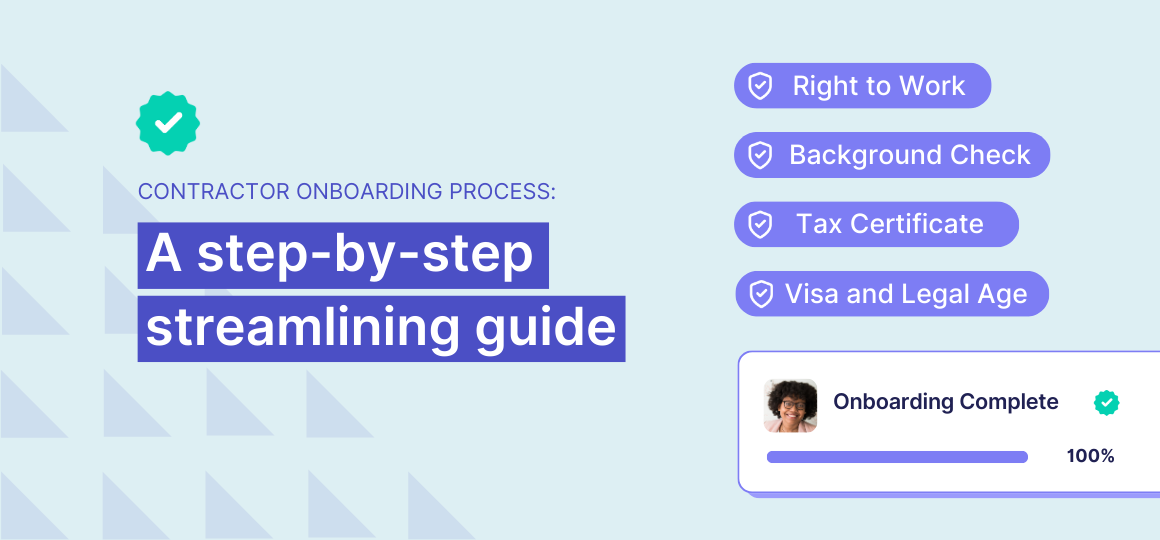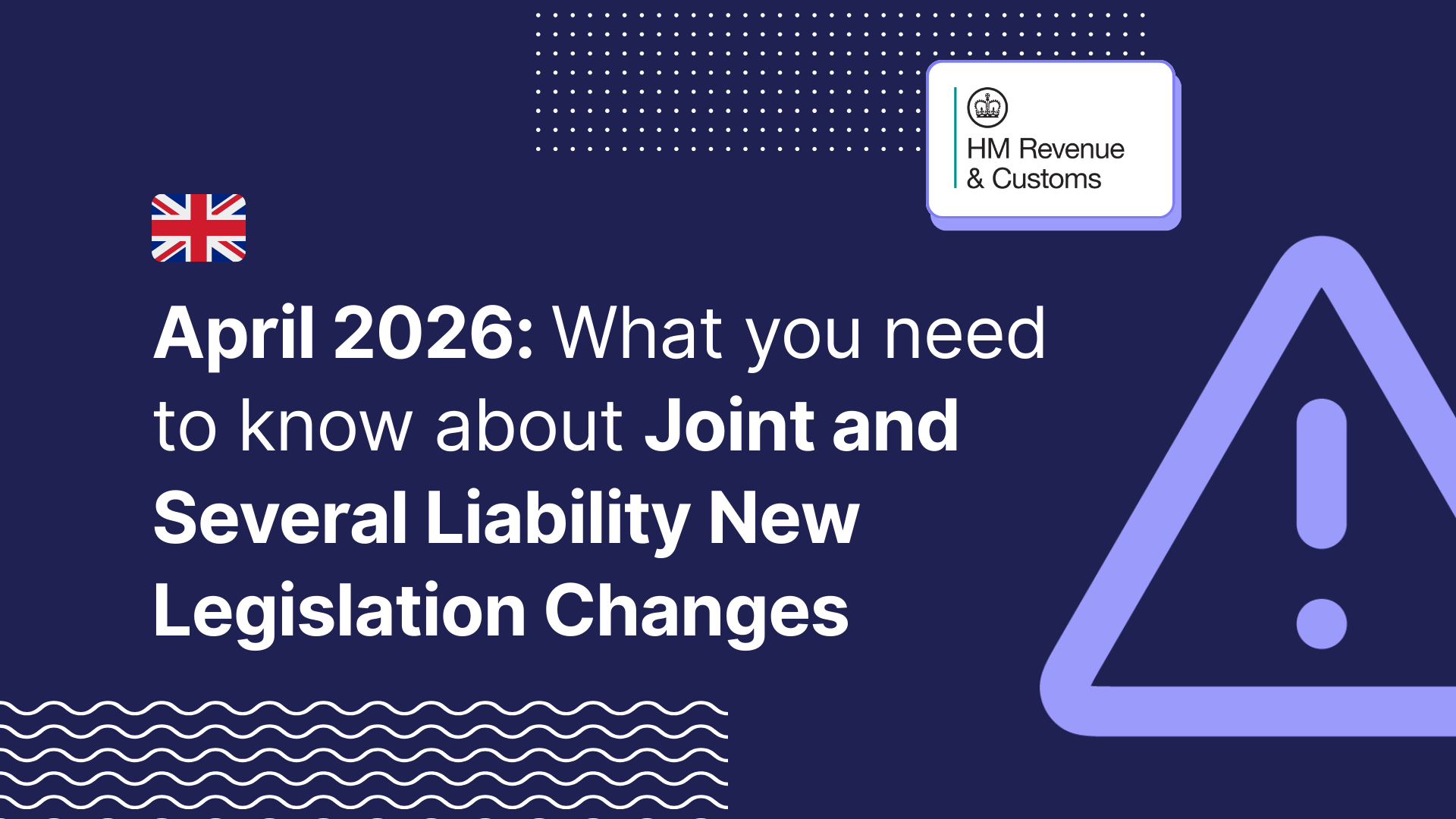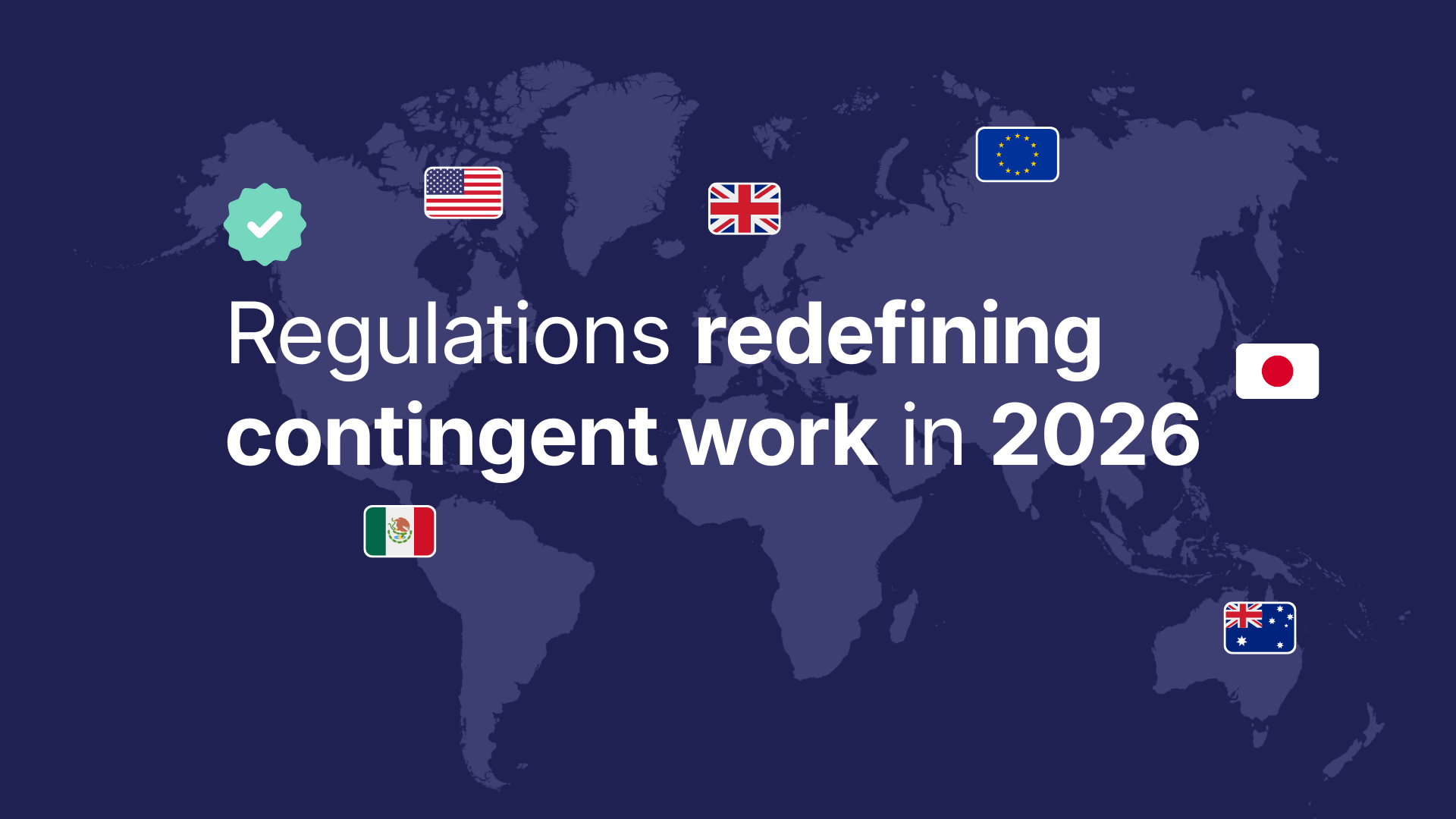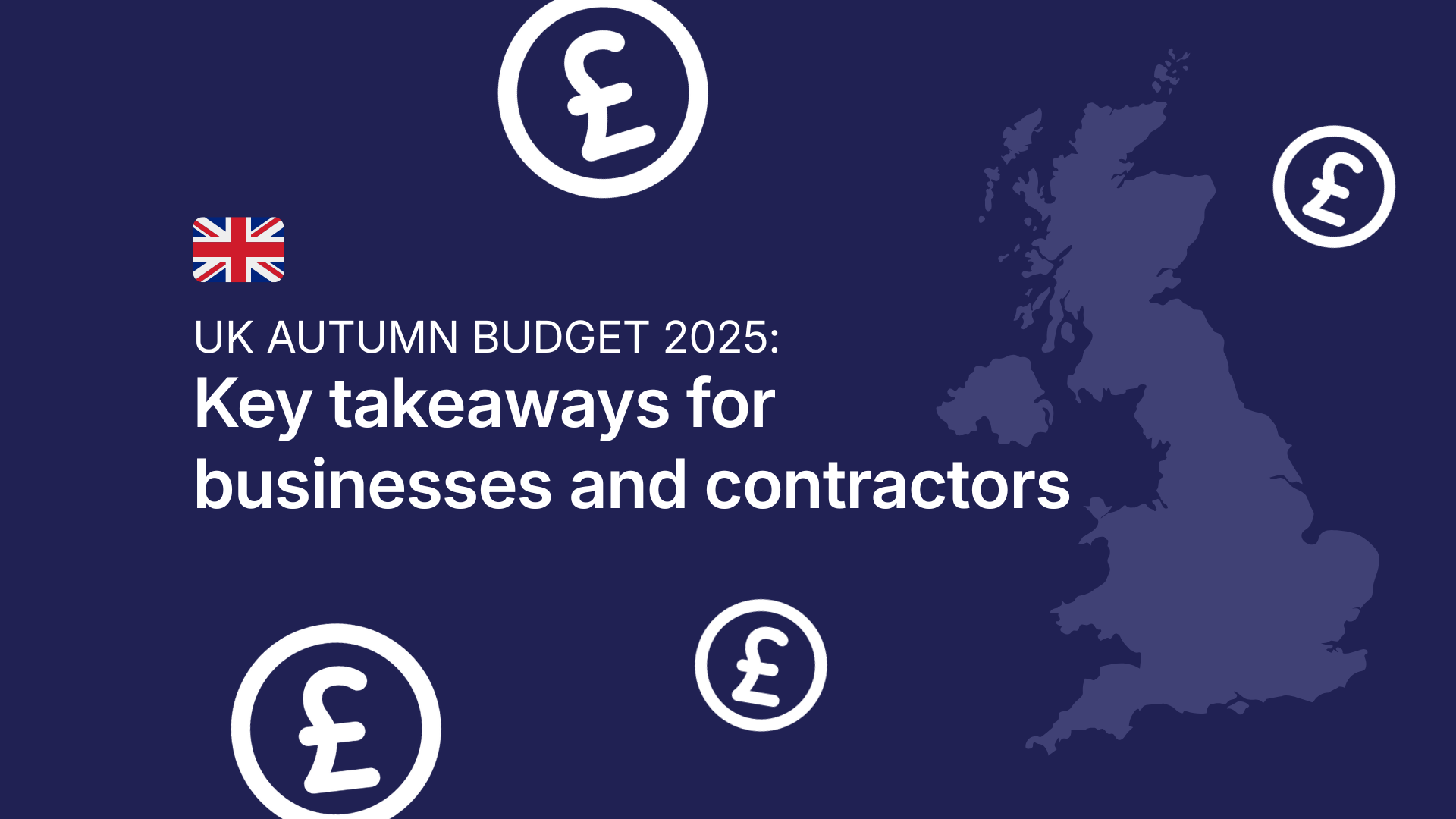Efficient contractor onboarding is crucial for organisations seeking to leverage external talent quickly and effectively. A streamlined onboarding process not only saves time and resources but also sets the stage for successful collaborations. This comprehensive guide will walk you through the essential steps to optimise your contractor onboarding process, ensuring a smooth transition for both your organisation and your new contractors.
Understanding the importance of a streamlined contractor onboarding process
Before diving into the specifics, it's essential to grasp why a well-structured onboarding process is critical. Research has shown that effective onboarding can improve retention by up to 82% and productivity by over 70%.). A streamlined process not only enhances efficiency but also contributes to a positive contractor experience, setting the foundation for a productive working relationship.
Step 1: Pre-onboarding preparation
Define clear roles and expectations
The first step in streamlining your contractor onboarding process is to clearly define the role and expectations. This includes:
- Detailed job descriptions
- Project scope and deliverables
- Performance metrics
- Communication protocols
By establishing these elements upfront, you create a solid foundation for the contractor's integration into your organisation.
Prepare necessary documentation
Gather all required documents before the contractor's start date. This may include:
- Contracts and agreements
- Non-disclosure agreements (NDAs)
- Tax forms
- Company policies and procedures
Having these documents ready in advance can significantly reduce delays and administrative bottlenecks.
Step 2: Streamline the paperwork process
Implement digital document signing
Utilise electronic signature tools to expedite the document signing process. This not only saves time but also allows for remote onboarding. Studies have shown that e-signatures can reduce turnaround time for signed documents by up to 80% (Adobe, 2021).
Create a centralised document repository
Establish a secure, centralised location for all contractor-related documents. This ensures easy access for authorised personnel and simplifies document management. Cloud-based solutions can be particularly effective for this purpose.

Step 3: Automate background checks and compliance
Background checks and compliance verification are critical components of contractor onboarding. Automating these processes can significantly reduce time and potential errors. We at YunoJuno understand the importance of this step, which is why our platform offers built-in, instant global worker classification and speedy, automated right to work checks, ensuring compliance across 150+ countries.
Implement automated background check systems
Utilise software solutions that can automatically initiate and track background checks. This reduces manual intervention and accelerates the verification process.
Ensure global compliance
For organisations working with international contractors, it's crucial to have systems in place that can navigate various regional compliance requirements. Automated systems can help ensure that all necessary regulations are adhered to, regardless of the contractor's location.
Step 4: Set up efficient systems access
Prepare IT resources in advance
Coordinate with your IT department to ensure all necessary systems access is set up before the contractor's start date. This includes:
- Email accounts
- Project management tools
- Relevant software and applications
- VPN access (if required)
Create a standardised access request process
Develop a streamlined process for requesting and granting system access. This could involve creating a standardised form or implementing an automated ticketing system to manage access requests efficiently.
Step 5: Develop a comprehensive onboarding programme
Create an onboarding checklist
Develop a detailed onboarding checklist that covers all necessary steps. This ensures consistency in the onboarding process and helps track progress.
Design an engaging orientation programme
Create an orientation programme that introduces contractors to your organisation's culture, values, and ways of working. This could include:
- Virtual tours of the organisation
- Introduction to key team members
- Overview of company policies and procedures
- Training on essential tools and processes
"Contractors often bring a unique mix of talents to the table. Alongside the core skills they’re hired for, many have a natural knack for self-promotion and staying competitive, which makes them adaptable across different professional settings. For example, one contractor on YunoJuno seamlessly moved through 180 roles in just five years—an impressive display of flexibility and adaptability!"
Runar Reistrup, CEO, YunoJuno
Step 6: Implement a buddy system
Assigning a 'buddy' or mentor to new contractors can significantly enhance their onboarding experience. This person can serve as a point of contact for questions and provide guidance on company culture and processes.
Select and train buddies
Choose experienced team members to serve as buddies and provide them with training on their roles and responsibilities in the onboarding process.
Define buddy system guidelines
Establish clear guidelines for the buddy system, including the duration of the arrangement and the types of support to be provided.
Step 7: Establish clear communication channels
Set up regular check-ins
Schedule regular check-ins with contractors, especially during the initial weeks. This provides opportunities to address any issues, answer questions, and ensure the contractor is integrating well into the team.
Utilise collaboration tools
Implement collaboration tools that facilitate easy communication between contractors and internal team members. This is particularly important for remote contractors.
Step 8: Streamline payment processes
Efficient payment processes are crucial for maintaining positive relationships with contractors. Implementing a system that allows for seamless, timely payments can significantly enhance contractor satisfaction. For instance, YunoJuno's platform enables instant payments to contractors and vendors across 150+ countries, streamlining this crucial aspect of contractor management.
Establish clear payment terms
Clearly communicate payment terms, including rates, payment frequency, and any necessary procedures for submitting invoices or time sheets.
Implement automated payment systems
Utilise automated payment systems to ensure timely and accurate payments. This reduces administrative burden and minimises the risk of payment delays.
Step 9: Gather and act on feedback
Collect contractor feedback
Regularly solicit feedback from contractors about their onboarding experience. This can be done through surveys, one-on-one discussions, or feedback forms.
Continuously improve the process
Use the feedback collected to continually refine and improve your onboarding process. This iterative approach ensures your onboarding process remains effective and up-to-date.
Conclusion
A streamlined contractor onboarding process is essential for organisations looking to maximise the value of their external talent. By following this step-by-step guide, you can create an efficient, effective onboarding process that sets your contractors up for success from day one.
Remember, the key to a successful onboarding process lies in its ability to adapt and evolve. Regularly review and refine your process based on feedback and changing organisational needs. With a well-structured, streamlined onboarding process in place, you'll be well-positioned to leverage the full potential of your contractor workforce, driving productivity and success for your organisation.







